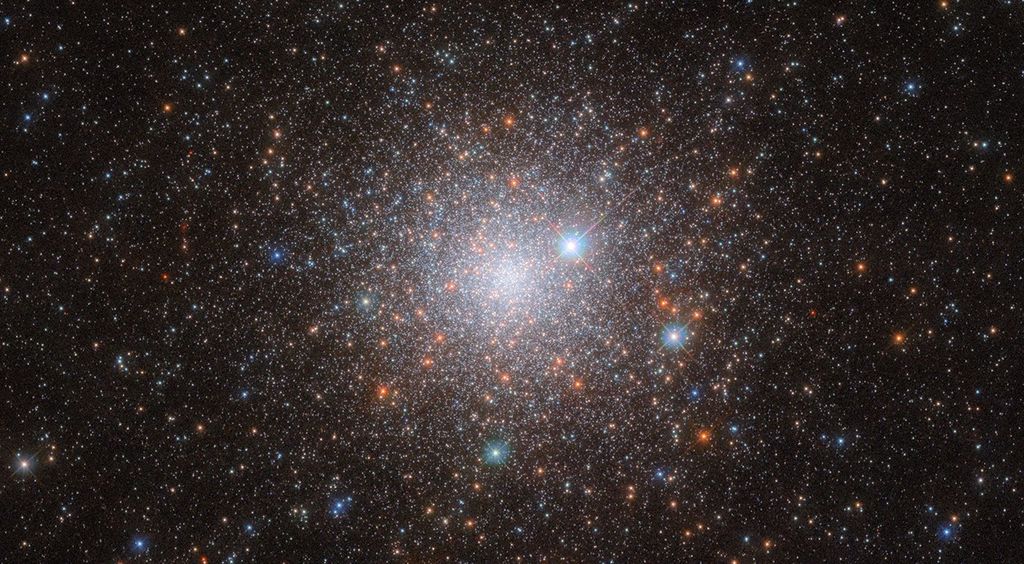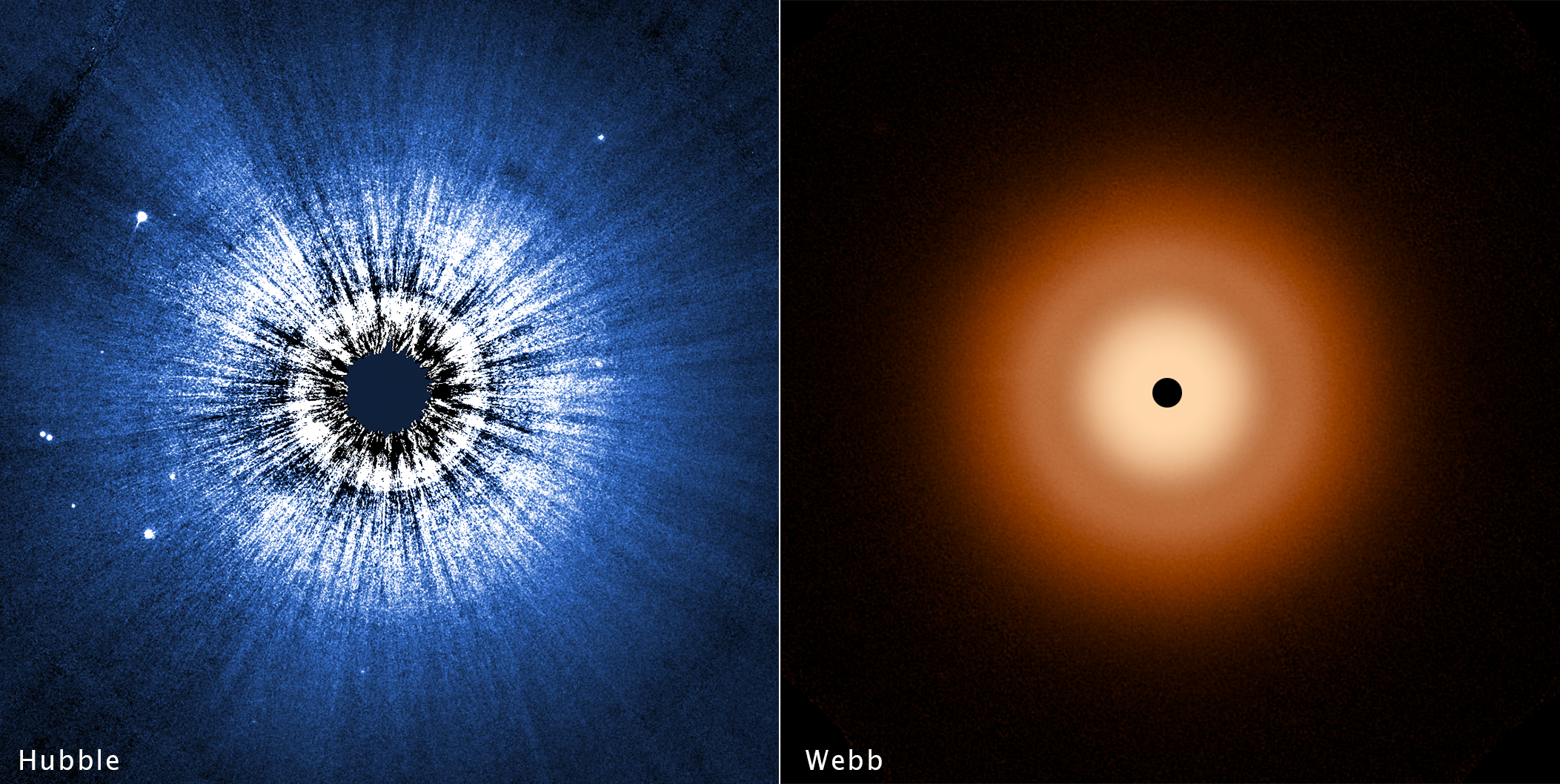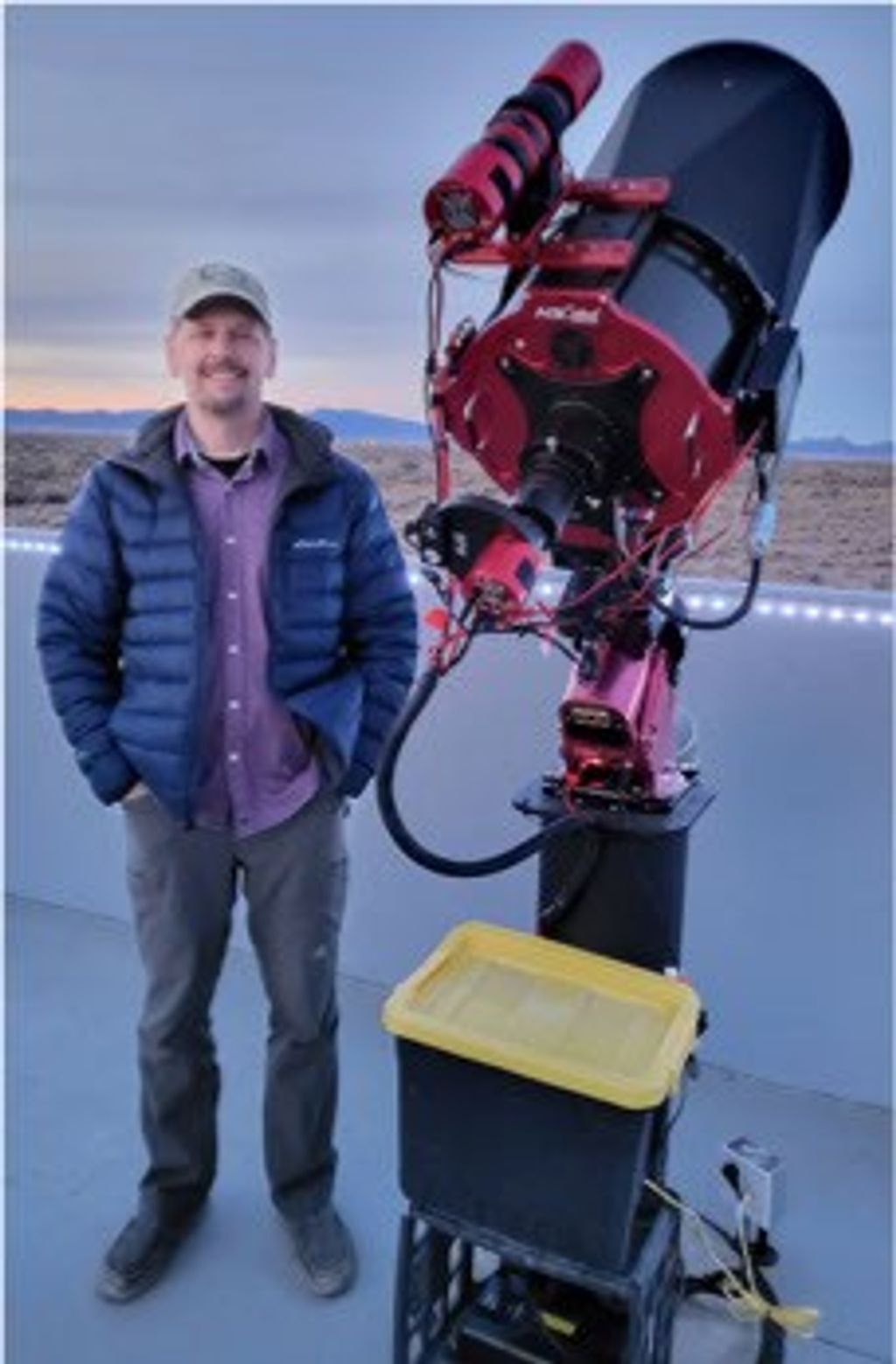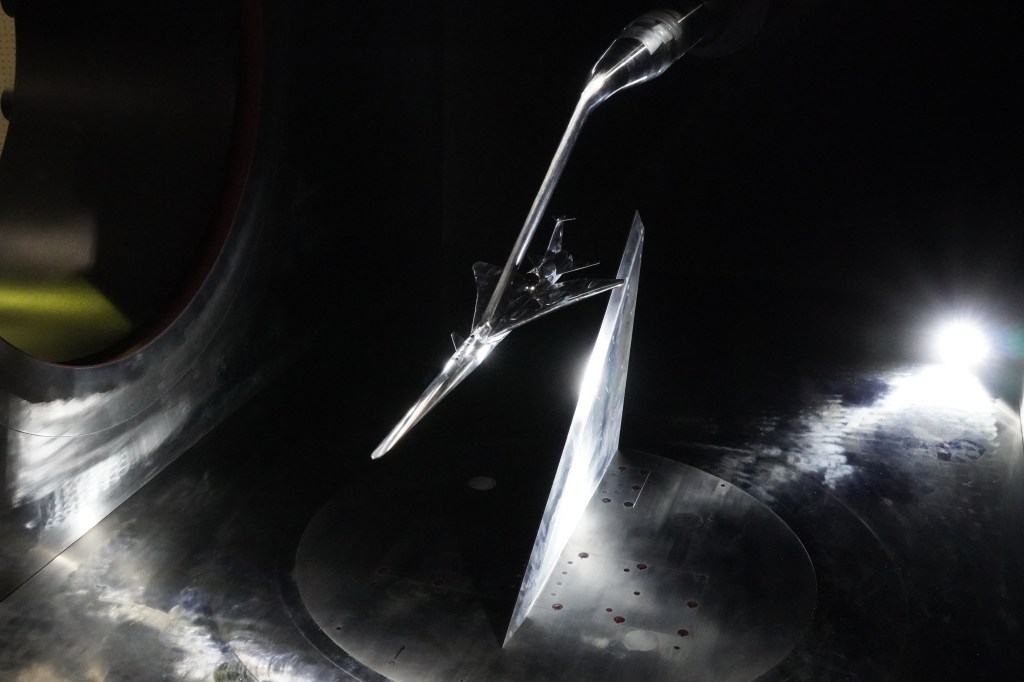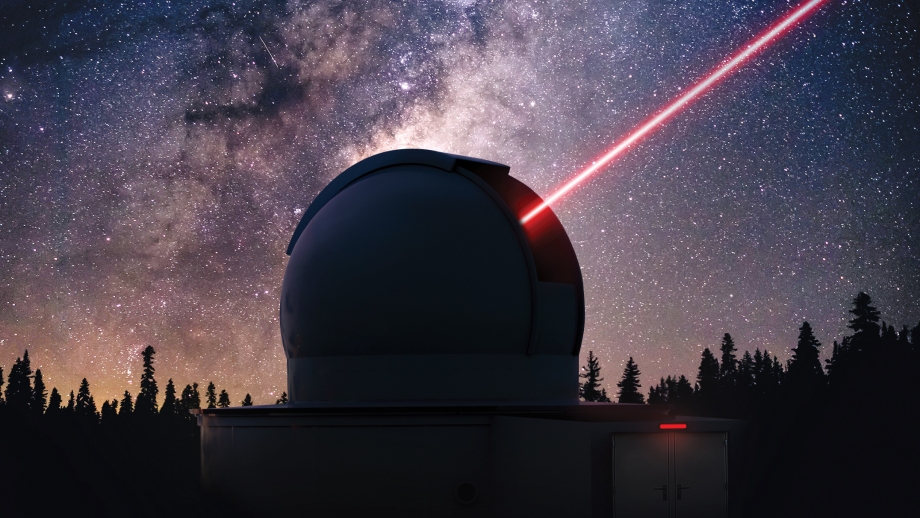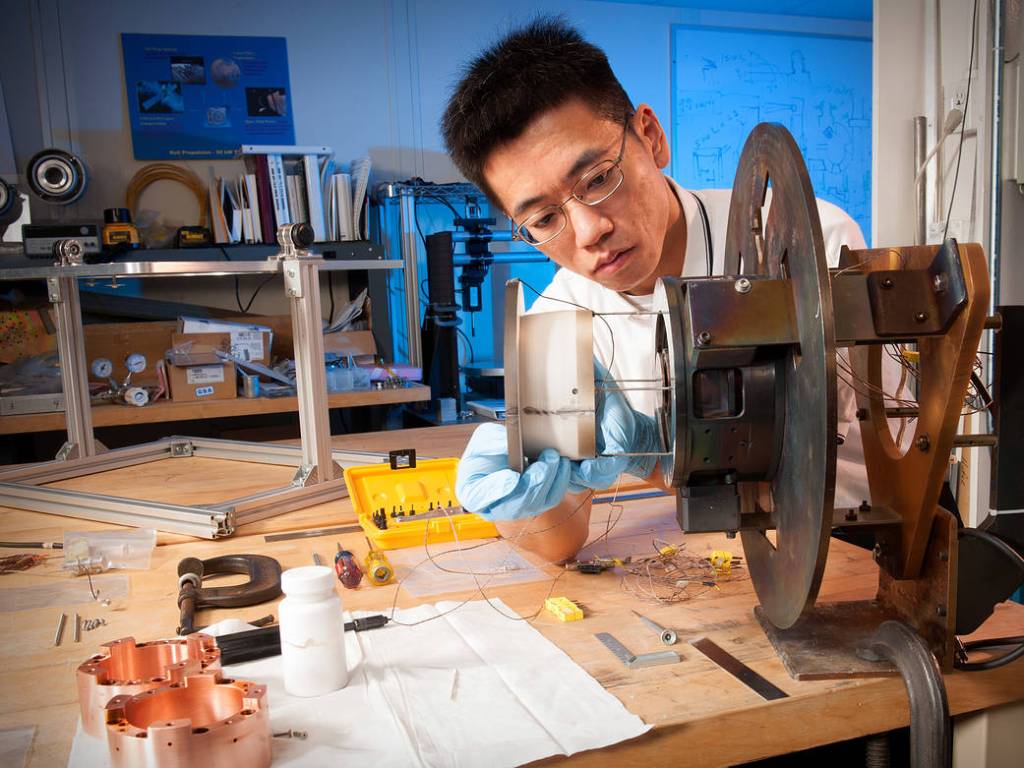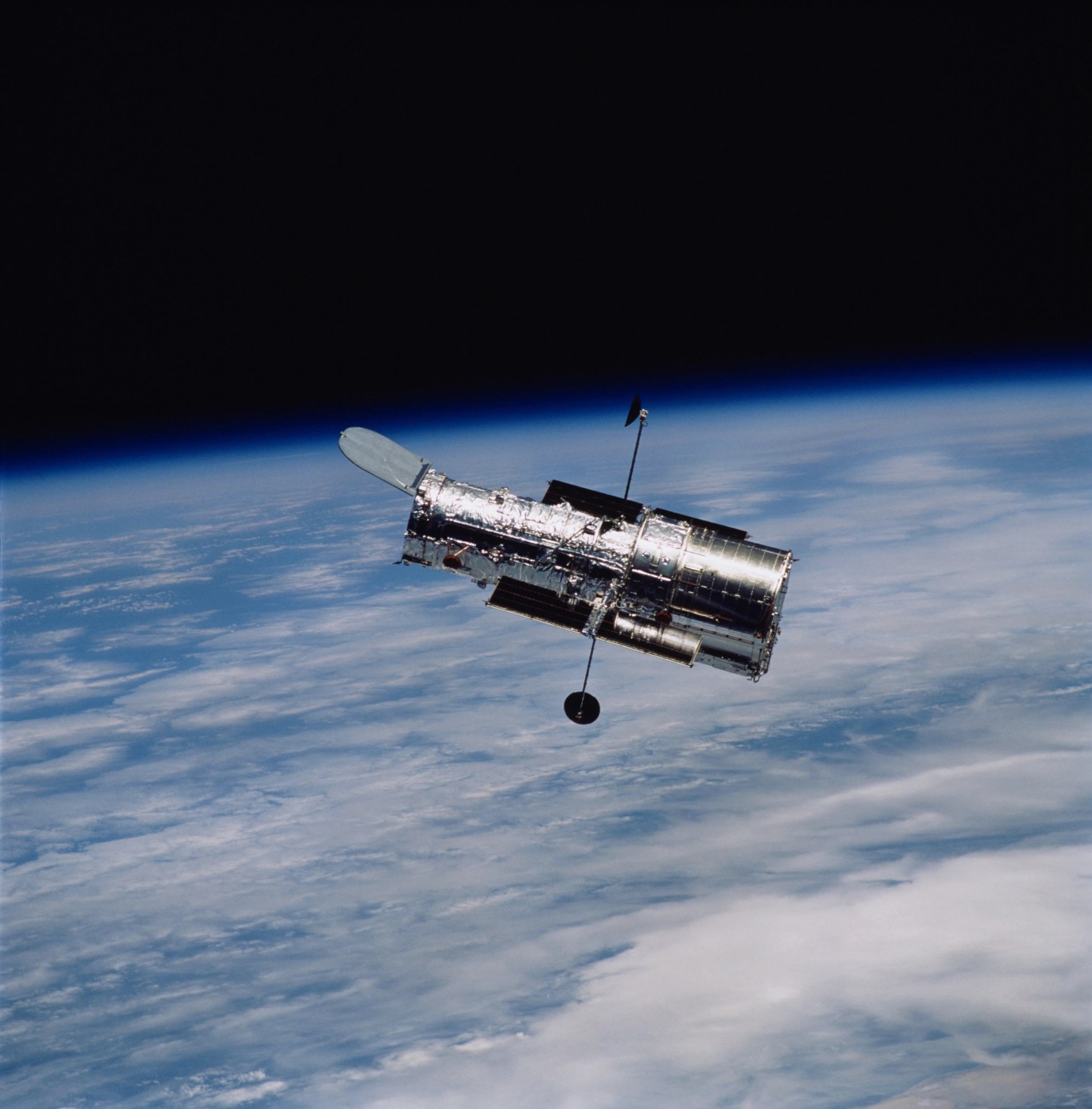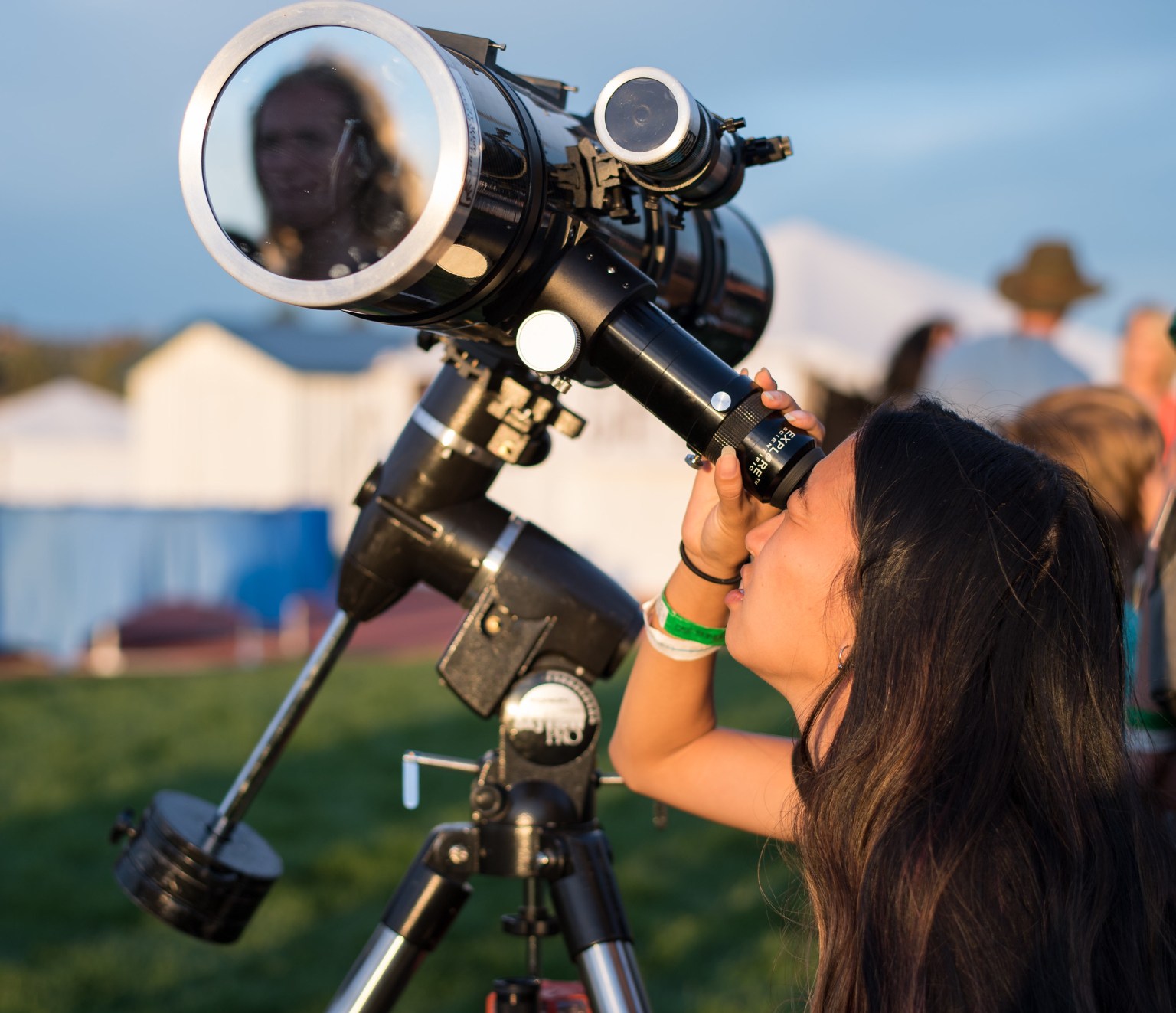NASA Science
NASA Science seeks to discover the secrets of the universe, search for life elsewhere, and protect and improve life on Earth and in space.
tracers mission
launching summer 2025
parker solar probe
Featured Missions
Our mission milestones showcase the breadth and depth of NASA science.

TRACERS
TRACERS will study magnetic reconnection—when solar activity disrupts Earth’s magnetic field—to help scientists better understand and prepare for the effects of space weather.

Lucy
The Lucy mission captured stunning, detailed images of asteroid Donaldjohanson during a fly by on April 20, 2025, as the spacecraft heads towards the distant Trojan asteroids.

NEO Surveyor
NEO Surveyor is expected to launch no earlier than September 2027. It is the first space telescope specifically designed to hunt asteroids and comets that may be potential hazards to Earth.
How Can I Get Involved with NASA Science? We Asked a NASA Expert
Want to do real NASA science? You can. Right now, dozens of NASA projects need your help. From spotting asteroids to searching for planets beyond our solar system, and so much more, there are projects for everyone. And you don’t need a PhD to get involved, just your curiosity!
Check out our Citizen Science ProjectsRegistration Open for NASA Space Apps Challenge
NASA invites innovators of all ages to register for the NASA Space Apps Challenge, held on Oct. 4-5. The 2025 theme is Learn, Launch, Lead, and participants will work alongside a vibrant community of scientists, technologists, and storytellers at more than 450 events worldwide. Participants can expect to learn skills to succeed in STEM fields, launch ideas that transform NASA’s open data into actionable tools, and lead their communities in driving technological innovation.
Learn more and register
NASA Research Shows Path Toward Protocells on Titan
NASA research has shown that cell-like compartments called vesicles could form naturally in the lakes of Saturn’s moon Titan. Titan…
Read the Story
Astrophysics
Studying the universe, pushing the boundaries of what is known of the cosmos, and sharing its discoveries for all of humanity.
Dive into the Universe about Astrophysics
How we Look at Earth
Nicky Notes
To the NASA Science Community – As the nation’s leader in Earth and space science, NASA Science operates within the broader context of the federal government and its priorities. As part of the Executive Branch, we are always responsive to the direction set by the Administration, including executive orders and policy guidance that relate to our programs and activities.
Continue reading Nicky Notes…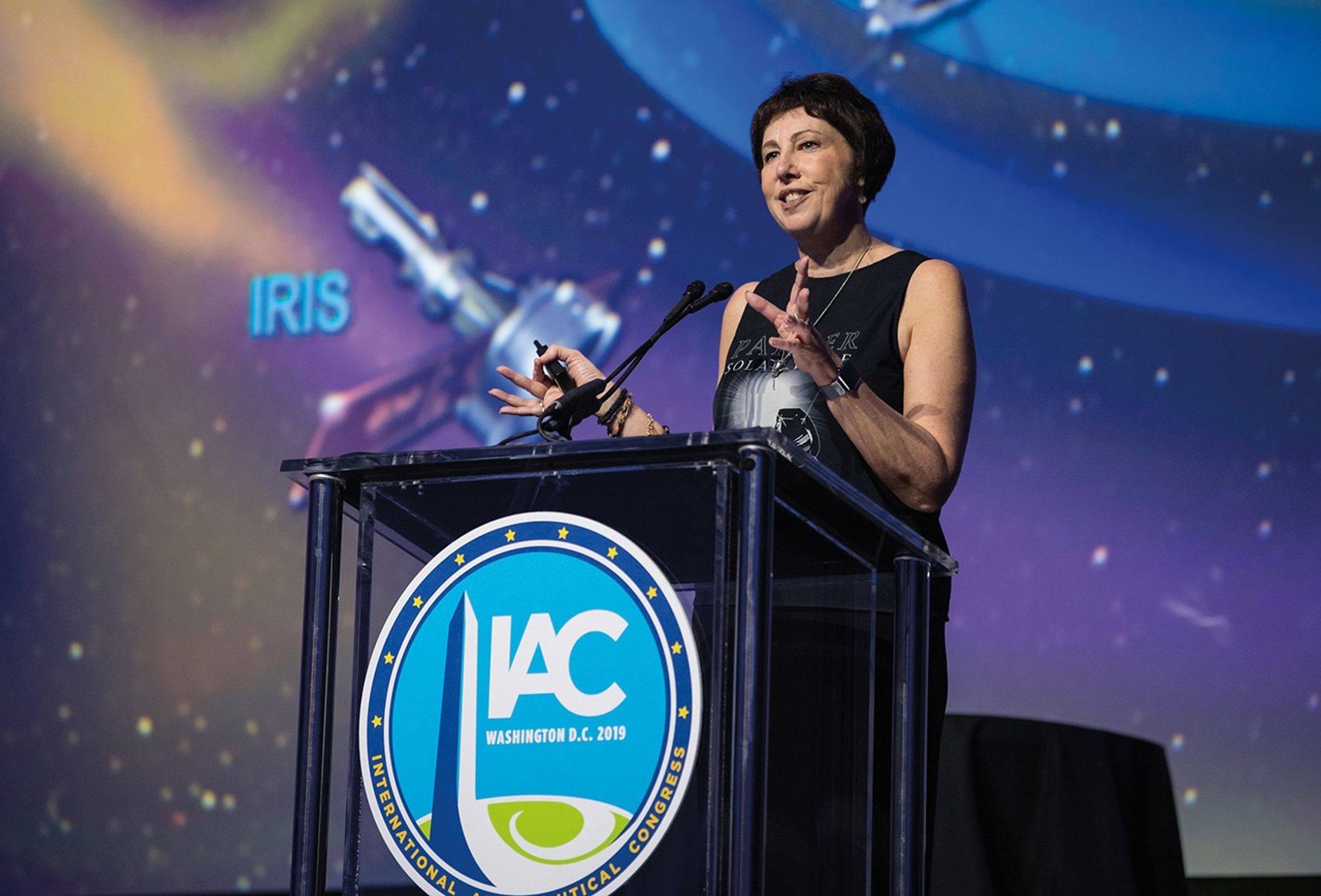
Explore our changing planet
Earth is our home, shared with millions of species. Rapid changes like rising temperatures and more frequent extreme weather are transforming our planet. For over 50 years, observations from space and ground have monitored these changes, guiding critical decisions in areas like agriculture and air quality. By understanding how our actions affect Earth's systems, we can help mitigate these impacts. Discover more about how you can make a difference in safeguarding our planet.
Visit the Earth Information Center




